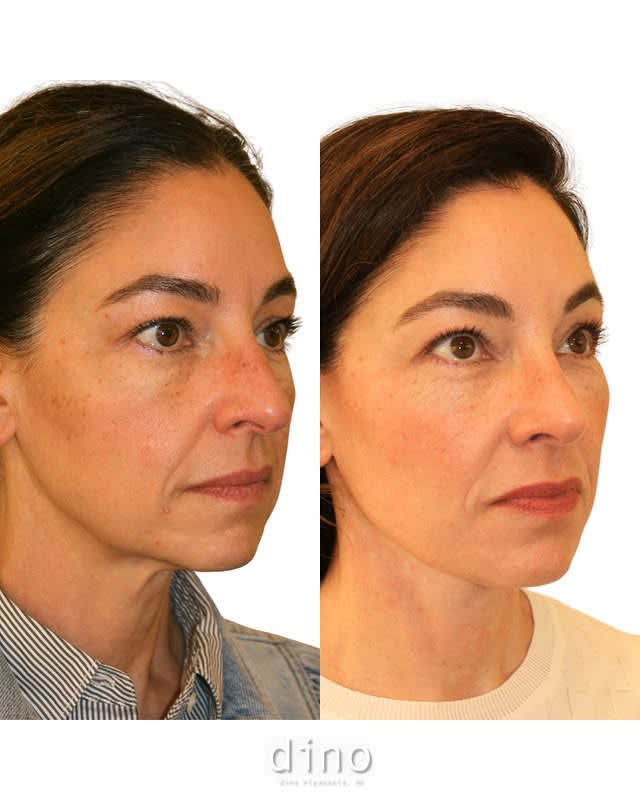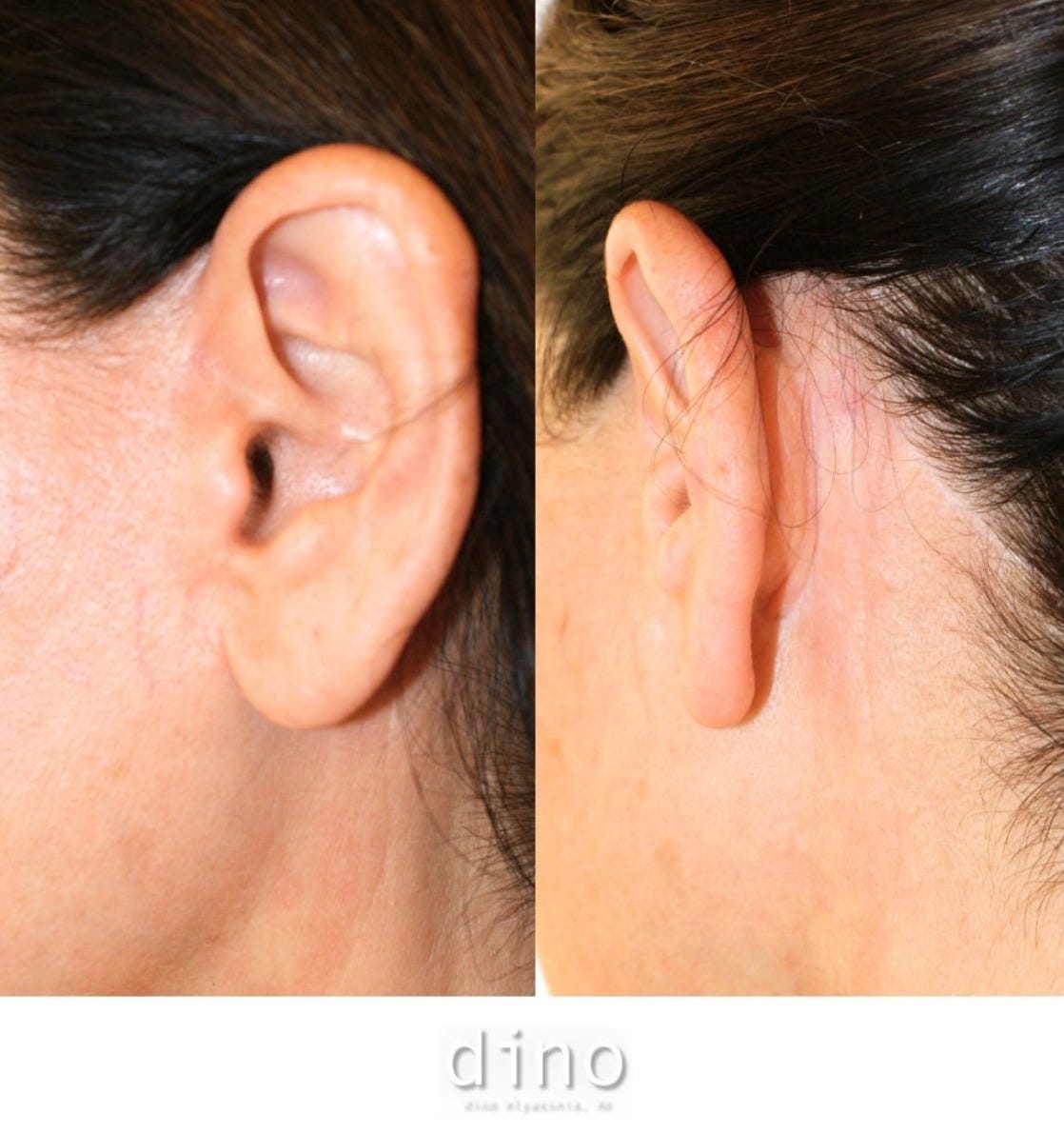I want to take a moment to thank you for subscribing, engaging, and caring about the content I put out—and also for trusting me with your own stories. I feel fortunate to have connected with readers who bravely share with me their personal experiences with plastic surgery—the good and the could’ve-been-better. At every vulnerable stage of the process, these women confide in me their happy discoveries and nagging reservations. In return, I lend an ear, offering the occasional suggestion or assurance, gleaned from years of reporting. What they give me is far more precious, however, as their insights inform my writing, discreetly if not directly.
I’ve recently been corresponding with a reader who had a deep plane facelift months ago and says her postauricular scars (the ones behind the ears) are unexpectedly showy and slow to fade, despite months of patience and therapy. With her permission, I’m sharing a portion of our exchange. She writes,
Almost no one discusses the scars behind the ears. And good luck finding surgeons who post photos of what it looks like back there. It’s the facelift’s dirty little secret.
I went into surgery highly educated yet had no idea that [the postauricular scars] would look this way or take so long to heal. I can’t imagine anyone returning to high ponytails in less than six months. It’ll probably be a year for me. And my surgeon is known for his “meticulous” suturing.
At six months post-op, I’ve spent thousands on scar treatment. I’ve had four Kenalog/5-FU injections and three Excel V laser treatments, all done by a very reputable derm, who thinks my healing is completely within normal limits. He says this is how fair white women heal.
Just because these scars are not as easily visible doesn’t mean they don’t exist. As a physician myself, I feel that surgeons do patients a disservice by not preparing us for realistic scars and healing time. I realize they’re sharing their best outcomes in order to sell themselves, but for us, it’s a set-up for worry and impatience. I think it’s important that people going into facelift surgery know what it can look like back there.
Also, I’m kicking myself for having been so active during my recovery. How much exercise is too much following a facelift? I know that we want to avoid a hematoma, but is getting outside and walking every day—getting our body temperature and blood pressure up—going to cause excessive tension on our incisions and lead to issues with long-term healing?
She has a point, no? On social, we frequently see close-ups of freshly sutured incisions as well as more mature scars in front of the ears, but rarely do we see how the backsides of the ears and adjacent hairlines have fared. I did find one example, though, right before publishing. Thank you Dino Elyassnia, MD, for posting this one-year result (the final slide of the series shows behind the ear).
“Truth be told, in my practice, I almost never take photos of postauricular scars, because 99% of the time they fade seamlessly into the crease [of the ear] and hairline,” says Sinehan Bayrak, MD, a facial plastic surgeon in Philadelphia. “But nothing in surgery is 100%. I’ve revised a single scar behind the ear in my career, despite making and closing it exactly the same way I always do. It looks great now, but why didn’t it heal that way the first time? No clue.”
Keep reading with a 7-day free trial
Subscribe to Aesthetics Unfiltered to keep reading this post and get 7 days of free access to the full post archives.




